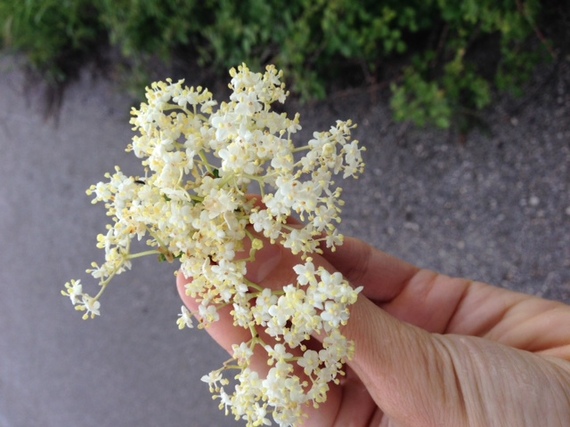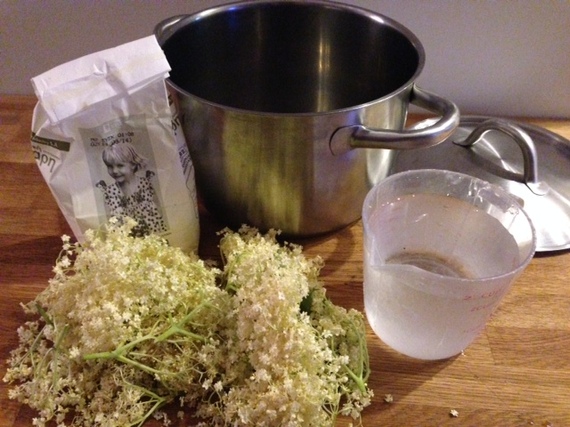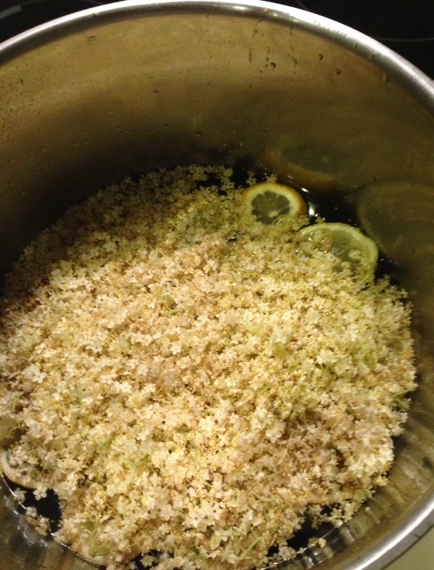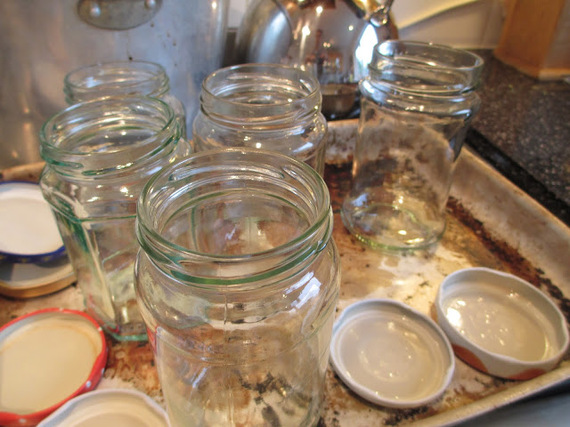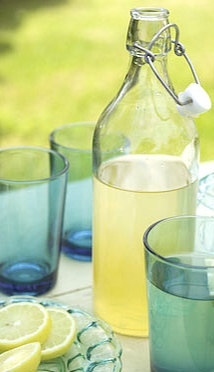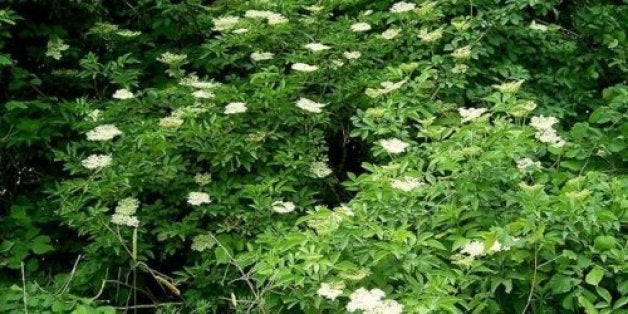
Elderflower syrup is something that I have always loved, and wished I could make myself. For those of you that have never tasted a drink made with elderflower syrup, it can only be described as summer in a glass.
I remember visiting friends in Germany last year, where the bushes grow rampant. They gave me a bottle of homemade elderflower syrup to take home with me. When the bottle was down to its last few drops I remember wishing (for the first time in my life) that I lived someplace cool, where the crisp air and heavy rain meant that elderflower bushes would be close at hand. Alas, the Bay Area and Greece are great for bringing you things like Uber and beach bars, but elderflower... not so much. At least this was my perspective before taking a trip to Zagoroxoria, a mountainous and verdant region of Northern Greece. I knew that the area was lush and cool, with rich forest land and hiking trails surrounding the famous Vikos Gorge. But even I, who knows the Greece that exists beyond the white washed walls of Mykonos, didn't expect to find elderflower bushes growing in the hillsides. In fact, my trip to the villages of Zagoroxoria was filled with surprises. But I'll tell you more about that in my next blog. For now I just want to focus on the tiny white blossoms of elderflower that I discovered while there. I first spotted the bushes along a tiny dirt road leading up into the mountains. Dozens of bushes filled with fluffy white clouds of elderflower blossoms dotted the road. I hardly consider myself to be an expert on foraging. So I decided to first check with a few locals to make sure that this was in fact elderflower, and not some poisonous knock off. Much to my delight, a local mushroom forager (more on him later too) confirmed for me that this was in fact my beloved elderflower.
The next day I set off on foot, a cloth bag in one hand and pair of scissors in the other. I began to gather up elderflower blossoms to make my own syrup!
The idea of making your own elderflower syrup might sound like a daunting task. However, I can assure you that the most challenging part is simply finding the elderflower. After that, it's pretty much as simple as boiling some sugar and water together.
The first step to making your own elderflower syrup is to properly gather the blossoms. First, do not remove all of the blossoms from one bush. The bushes need the blossoms in order to produce berries, so try taking a handful of blossoms from several different elderflower bushes instead of stripping one clean. This shouldn't be too difficult. Most likely if you've found one elderflower bush, there are more close by. Use scissors to cut the blossoms from the branches. Do not pull or yank with your hands as this could damage the branches. Place the blossoms in a wicker basket, cloth bag, or paper bag. Do not use a plastic bag. This will cause the flowers to sweat and wilt easily. Lastly, be sure to select blossoms that are fully opened and not browning or past their prime. This will affect the quality of the elderflower syrup.
Once gathered, keep the blossoms in a cool dry place until you are ready to use them. It's best to prepare the syrup within 24 hours of picking the blossoms.
Next, get a large pot and fill it with 35 ounces (1,000 grams) of sugar. Add 5 cups of water to the sugar and 1 teaspoon of citric acid. If you don't have citric acid, not to worry. It acts as a natural preservative, and helps the syrup stay fresh longer. If you plan to use the syrup right away you can leave it out. If you want to store your syrup, but aren't sure where to find citric acid, it can be found in most supermarkets in the section where they have jarring material for making jams and marmalades.
Bring the syrup to a boil over medium high heat and cook until the sugar has dissolved. Once dissolved, boil the sugar for an additional five minutes. In the meantime, wash and slice one organic lemon. Carefully trim the stems away from the elderflower blossoms. Place the blossoms into a large stainless steel bowl (you will need 2 cups of blossoms) and discard the stems. Add the lemon slices.
Pour the hot syrup into the bowl with the elderflower blossoms and the lemon slices. Stir gently to blend it all together. Cover the bowl with a tea towel and store in a cool, dark place for 3-4 days, stirring the syrup once daily. Steeping the syrup with the blossoms for less time will produce a weaker flavor. Do not store the syrup with the blossoms for more than 4 or 5 days, as the blossoms will begin to wilt and ferment.
Strain the blossoms from the syrup. It should now have a lovely golden hue. Bring the syrup back to a boil in a clean pot. Meanwhile prepare several jars for storing the syrup. You will prepare the jars similarly to jars for jamming. However, instead of boiling my jars, which I find to be unnecessary extra work, I place my clean jars in the oven at 300F (148C) for 15 minutes. This will perfectly sterilize the jars.
Pour the hot syrup into the sterilized jars and carefully (using oven mitts or a dish towel) close the jars. Store the elderflower syrup in a cool dry place for up to one year. Once opened, store the jars in the refrigerator.
I suggest either mixing the elderflower syrup with sparkling water, or using it to make lemonade. Either way, once you taste it, you will understand why I call it summer in a glass.

